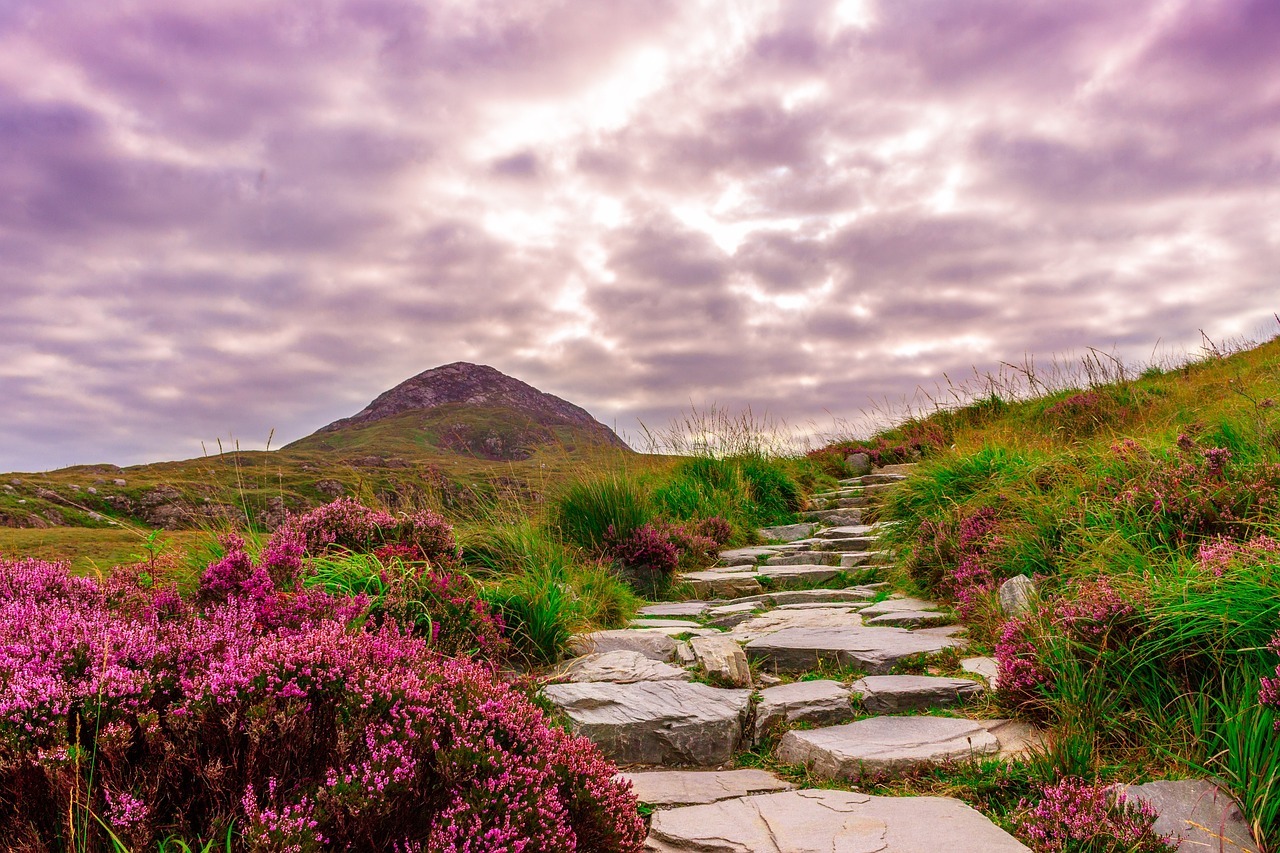
Discover with us Ireland, amazing landscapes and monuments. Green country, full of beautiful places. The Giants Causeway, Blarney Castle, Hook Lighthouse and much more you should see during your stay in Ireland.
1. Dublin Castle
2. The Giants Causeway
3. Blarney Castle
4. The Guinness Storehouse
5. Hook Lighthouse
6. The Ailwee Caves
7. St. Patrick’s Cathedral
8. Irish whiskey museum
9. Natural Museum of Ireland, Dublin
10. National Botanical Garden Glasnevin
Dublin Castle was built in the 13th century as a defensive fortress and has since been used for various purposes, including a royal residence and military barracks. When visiting the castle, you should not miss St. Patrick’s Hall, which is decorated with magnificent paintings and intricate carvings. It is also the site of many important ceremonies, including the inauguration of the Irish President. The surroundings of Dublin castle are amazing to walk in any weather.
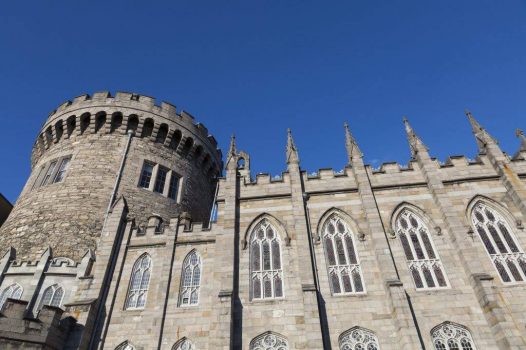
The Giant’s Causeway is an area of immense natural beauty located on the coast of County Antrim in Northern Ireland. It is a UNESCO World Heritage Site and one of the country’s most popular tourist destinations. The causeway consists of over 40,000 interconnected basalt columns, which were formed by volcanic activity over 60 million years ago. According to legend, the Giant’s Causeway was created by Irish giant Finn McCool. He built it to cross the sea to reach Scotland.
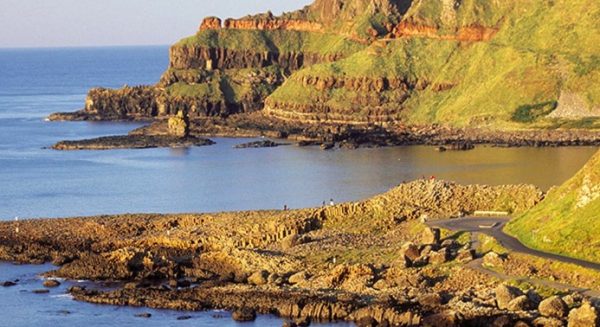
Blarney Castle was built almost 600 years ago by one of the greatest chieftains in Ireland – Cormac MacCarthy. According to folklore, kissing a limestone block at Blarney Castle endows the kisser with the “gift of speech” or great eloquence. If you put your lips to the “magic” stone, you will gain magical powers. And you should definitely do this during your stay in Ireland, the land of magical creatures and legends.
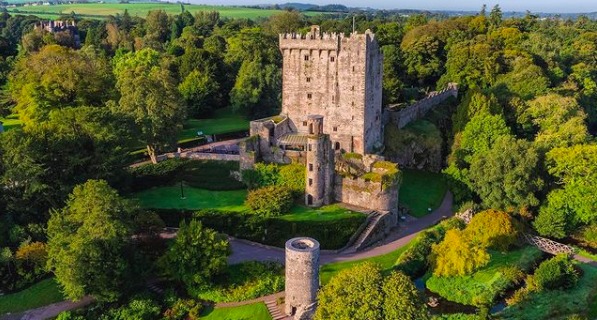
The Guinness Storehouse is another attraction that tends to make it onto many itineraries of those visiting Dublin. You’ll find it at the St. James’s Gate Brewery in Dublin where, since it opened in 2000, it has welcomed over twenty million visitors.
The historic Hook lighthouse is the oldest operational lighthouse in the world, which is pretty damn impressive! The story of the Hook Head Lighthouse begins way back during the 5th century when a Welsh monk by the name of Dubhán founded a monastery around 1.6 km north of Hook Head.
You’ll find the Ailwee Caves in the heart of the Burren in County Clare. Those who visit the cave will be taken on a 20-minute expert-led tour through the cave’s spectacular caverns. Expect bridged chasms, weird formations, a thunderous waterfall and plenty more.
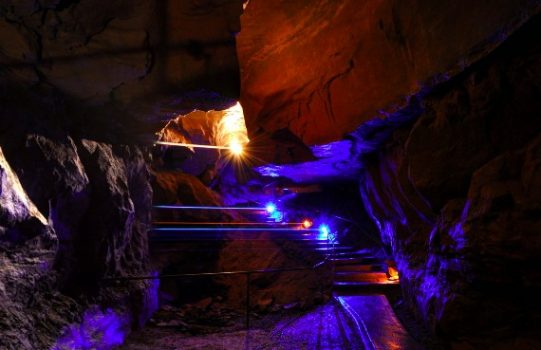
The spectacular Saint Patrick’s Cathedral in Dublin was founded back in 1191 and is the National Cathedral of the Church of Ireland. Boasting a 43-meter spire, the cathedral is the tallest church in Ireland. The cathedral was built between 1220 and 1260 in honor of Ireland’s patron saint and it is one of the most impressive buildings in the city.

Photo: nickolas.ross
Learn the origins of Irish whiskey, its rise in fame and its dramatic decline, and discover new brands of Irish whiskey. Listen to the amazing stories of fun guides who will guide you through the ages of Irish whiskey.
Discover the natural world through realistic zoological models, geological samples. National Museum of Ireland – Natural History is a cabinet-style museum, laid out over four floors. The exhibits showcase a comprehensive zoological collection and have changed little in over a century. The ground floor – known as the Irish Room – is dedicated to animals native to Ireland.
Ireland’s National Botanic Gardens are an oasis of peace and beauty, and admission is free. The gardens, which are a leading scientific institution, have important collections of plant species and varieties from around the world. Dublin’s National Botanic Gardens are located in Glasnevin, just three kilometers from Dublin’s city center, and are known for superbly restored historic greenhouses. The Wicklow National Botanic Gardens are located in Kilmacurraghe, where the milder climate, higher rainfall and deeper acidic soils of this historic Wicklow Garden provide a counterpoint to the collections in Glasnevin. These two gardens have been closely connected since 1854.
Find all tips for the BEST EVENTS AND THINGS TO DO IN EUROPE.